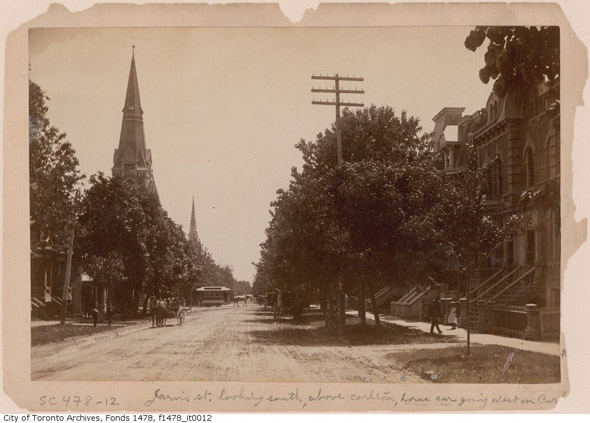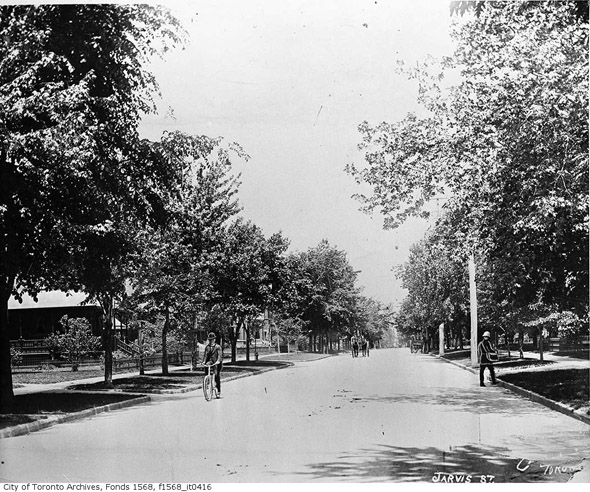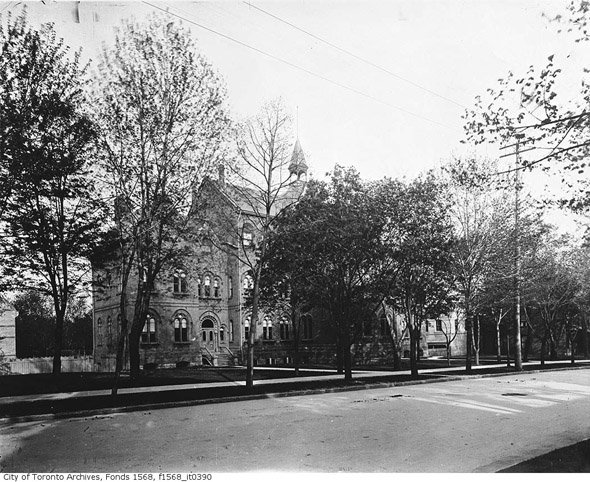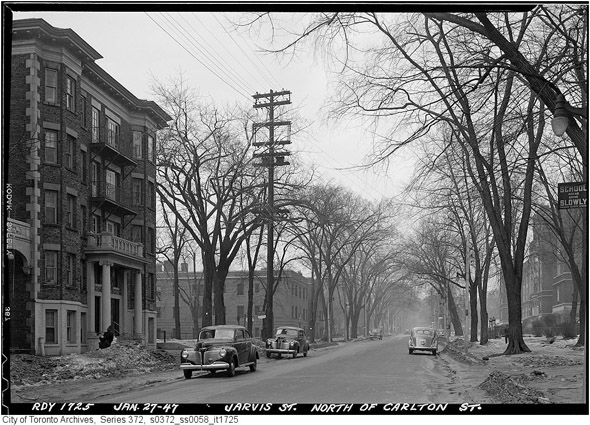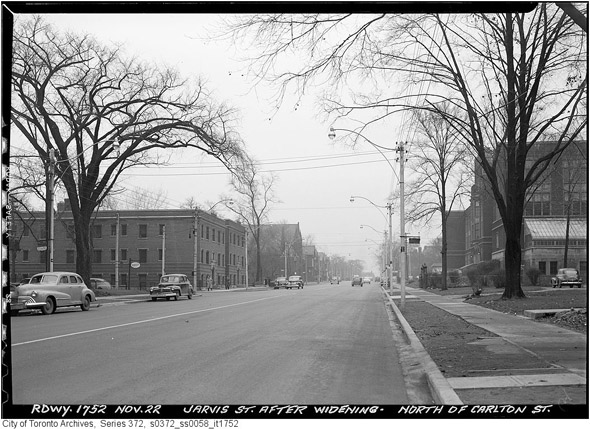City of Toronto publishes new data to inform solutions to homelessness See:
https://www.toronto.ca/city-governm...esearch-and-reports/shelter-system-flow-data/
Today, the City of Toronto released a new dashboard with data on how people enter and exit the shelter system, known as Shelter System Flow, that will be used to inform ongoing efforts to develop permanent solutions to address homelessness.
The new data provides information about people experiencing homelessness as they access and transition through the City's municipally-funded shelter system. The data also provides a more comprehensive picture of the shelter system than the traditional measures, which only looks at nightly occupancy and capacity.
The new dashboard supports the City’s HousingTO Action Plan commitment to develop and regularly report on performance indicators that measure progress towards ensuring that experiences of homelessness are rare, brief and non-recurring.
A data-driven strategy to target interventions and measure progress in real time has been critical to success in other North American cities that have achieved reductions in chronic homelessness. Here in Toronto, the data will support a better understanding of who is experiencing homelessness and how the homelessness service system is functioning.
The data presents aggregate information on anyone who has used a shelter, hotel shelter program, 24-hour respite site or Warming Centre within the last three months, based on information from the City's Shelter Management Information System (SMIS). Demographic information in the data includes age and gender. Enhancements to the SMIS system currently underway will enable additional data on racial identity, Indigenous identity, veteran status and information about people who are sleeping outdoors to be added.
The data is presented on the City website through a public dashboard, available at
www.toronto.ca/city-government/data-research-maps/research-reports/housing-and-homelessness-research-and-reports/shelter-system-flow-data/, which will be updated monthly. The data will be also available through the City's Open Data Portal.
The dashboards, which were developed by City staff using existing resources, include:
• a Monthly Snapshot highlighting the number of people entering and exiting the shelter system in the reporting month • a Historical Trends overview of people entering and exiting the shelter system over time that can be filtered by sub-populations and time periods.
The data included in the dashboard are part of the development of a Coordinated Access System for housing with supports in Toronto and a requirement of the federal Reaching Home program. The data further supports Toronto's participation in the national Built for Zero campaign, led by the Canadian Alliance to End Homelessness (CAEH).
More than 6,000 people use the shelter system each night, and the new data included in the dashboard shows that 7,829 people were actively experiencing homelessness at the end of January and had used the shelter system at least once in the past three months. This winter the City has added 680 number of spaces as part of its Winter Response Plan. Since April, the City has referred more than 1,300 people from encampments across the city to safer indoor spaces.
The City has been working with community partners and health professionals throughout the COVID-19 pandemic to protect people experiencing homelessness and assist them to move to permanent housing.
Shelter System Flow shows that more than 6,000 people exited the shelter system to permanent housing in 2020, of which close to 3,000 were assisted with a housing allowance or through the Rapid Re-housing Initiative with Toronto Community Housing Corporation.







